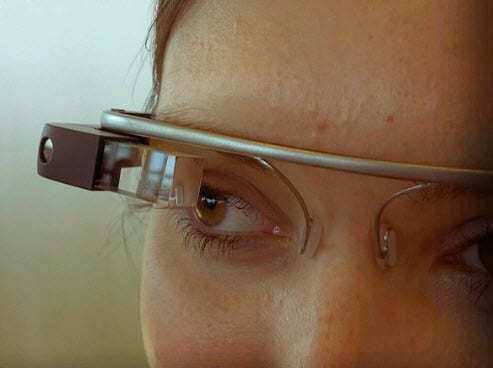Google set to release new software development kit for wearable devices
Wearable technology is beginning to attract a lot of attention. Smart watches and augmented reality glasses are becoming more popular as technology firms continue to shed light on their latest projects. Google has much invested into the wearable tech field, as is exemplified with its Google Glass project. Glass has yet to be released, but the company is already preparing to provide software that will help accelerate its adoption. This software is also expected to help make smart watches and similar devices more attractive.
Google is planning to push wearable technology into the mainstream. The company is preparing to launch a new software development kit based on the Android platform. This software is expected to be released within the next two weeks and will have a specific focus on wearable devices. Smart watches are likely to be among the first and most popular wearable devices among consumers and some of these devices have already seen commercial release. Currently, however, these devices lack applications that can be compared to those that are available on smartphones and tablets.
Small devices have some big challenges to overcome
 While there is a lot of hype surrounding wearable technology, devices like smart watches and glasses may not be able to compete with smartphones and tablets. This is largely because smaller devices tend to be less powerful, from a hardware perspective. The smart watches that have already been released do not have the ability to support many of the applications that people tend to use on a daily basis. Google’s software development kit may be able to help resolve this issue, but whether smart watches will ever be able to replace smartphones is difficult to say.
While there is a lot of hype surrounding wearable technology, devices like smart watches and glasses may not be able to compete with smartphones and tablets. This is largely because smaller devices tend to be less powerful, from a hardware perspective. The smart watches that have already been released do not have the ability to support many of the applications that people tend to use on a daily basis. Google’s software development kit may be able to help resolve this issue, but whether smart watches will ever be able to replace smartphones is difficult to say.
The size of wearable devices also presents a new challenge to the advertising space. Small screens cannot accommodate conventional advertisements and these ads must be revised so they can be viewed on smaller devices. Moreover, ads may lose some of the interactivity because of the limited computing capabilities of wearable devices. This particular problem may make wearable devices somewhat unpopular with advertisers that are seeking to engage mobile consumers.
